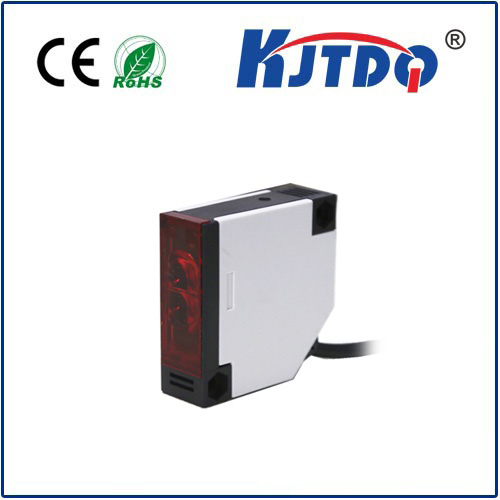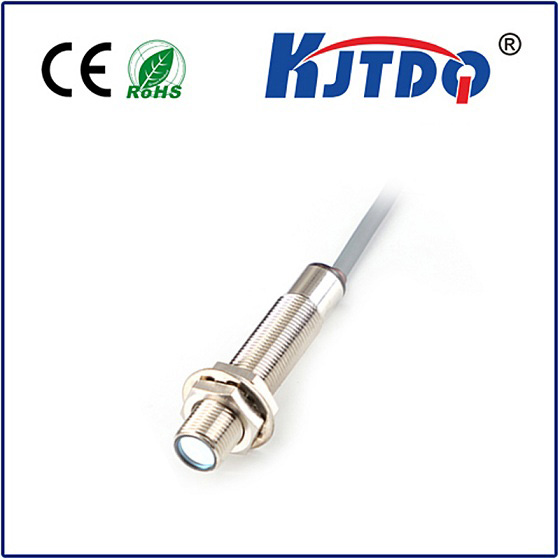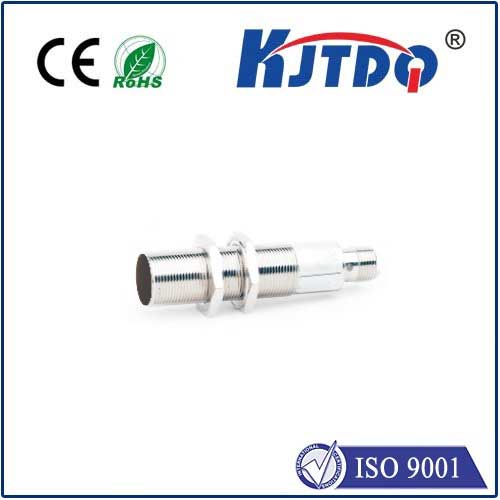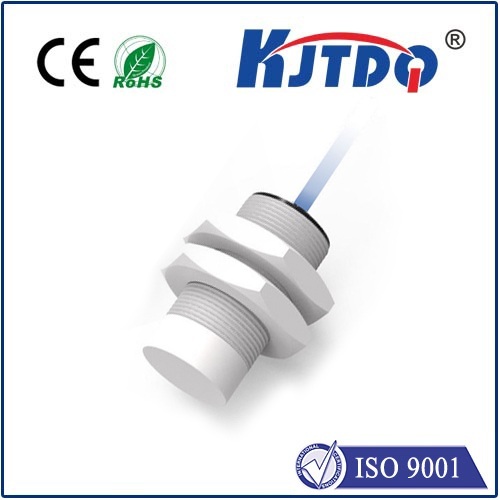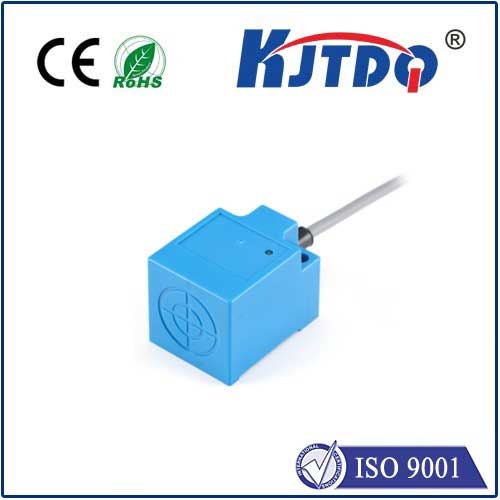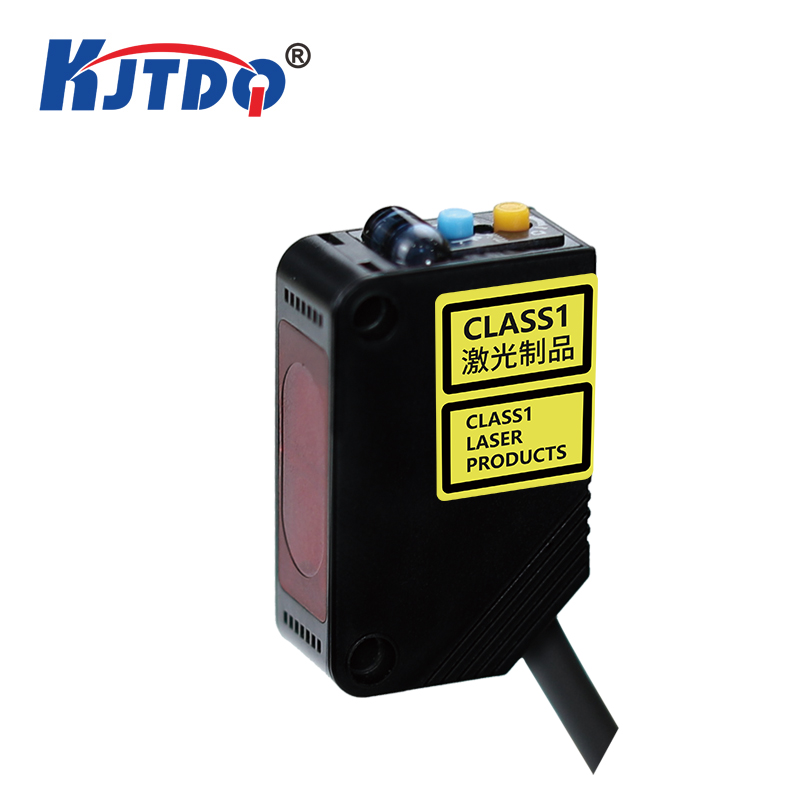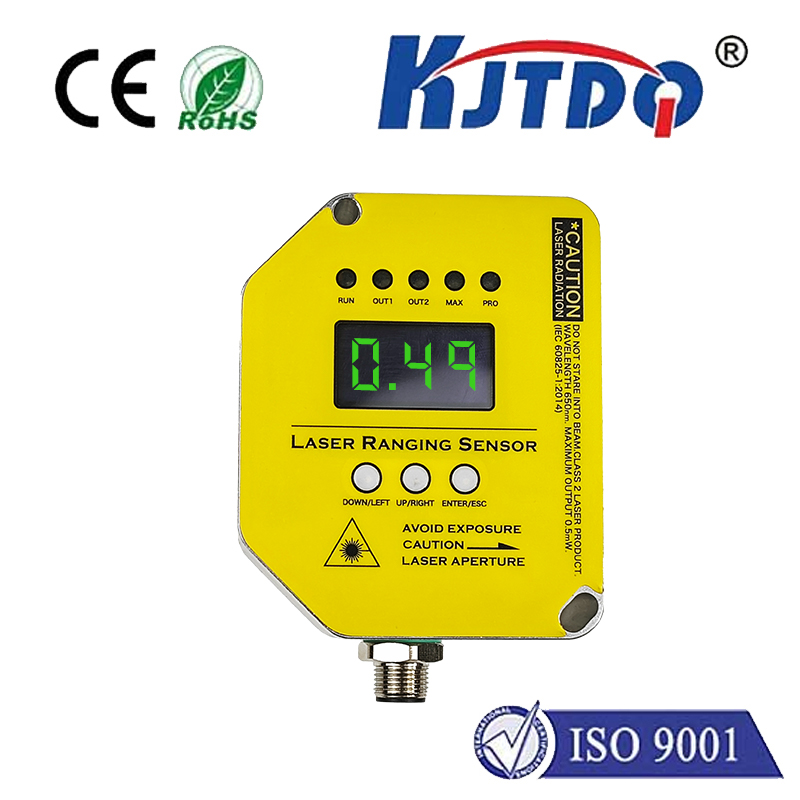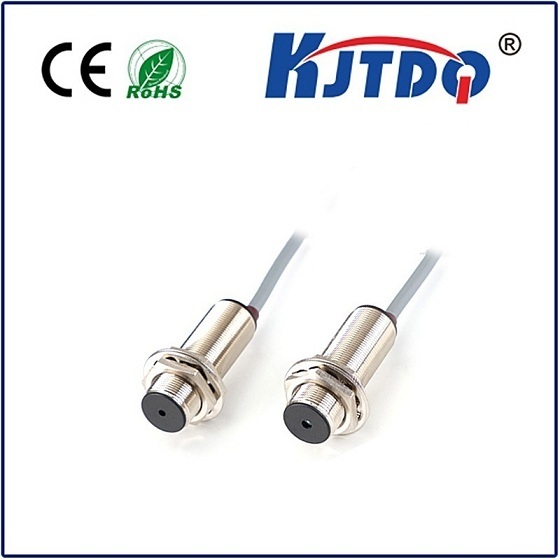wall temperature gauge
- time:2025-08-25 09:30:31
- Click:0
The Essential Guide to Selecting & Using Wall Temperature Gauges
Imagine a critical industrial process humming along. Metal sheets scorching in a furnace, chemicals reacting in a vast vat, or steam rushing through complex pipelines. Now, picture that process grinding to a sudden halt because an unseen temperature spike caused catastrophic damage. The cost? Hours of downtime, ruined product, potentially compromised safety. This is the stark reality temperature monitoring prevents, and wall temperature gauges are often the first, most reliable line of defense. Mounted directly onto pipes, vessels, and equipment surfaces, they provide immediate, at-a-glance verification of operational conditions, ensuring processes stay within safe and efficient parameters. But choosing the right one is crucial.
Understanding the Wall Temperature Gauge
At its core, a wall-mounted temperature gauge is a mechanical or digital instrument fixed directly to the surface of a pipe, tank, reactor, or similar equipment to measure its external skin temperature. This is distinct from immersion probes that measure internal fluid temperatures, though it often serves as a vital complementary or standalone check. The primary value lies in its simplicity and accessibility:
- Immediate Visual Feedback: Operators can instantly see the temperature without accessing complex control systems.
- No Power Required (Mechanical): Many traditional designs use mechanical principles (like bimetallic coils or gas-actuated systems), making them fail-safe and usable even during power outages.
- Cost-Effective Monitoring: They provide reliable local monitoring without the expense of complex electronic systems and wiring.
- Verification & Safety: Crucial for double-checking readings from remote sensors or acting as the primary safety indicator where electronic systems might be impractical.
Key Measurement Technologies

Bimetallic Gauges: The most common mechanical type. They utilize a coil or strip made from two different metals bonded together. These metals expand at different rates when heated, causing the coil to deform and rotate a pointer needle across the dial. Highly robust, vibration resistant, and cost-effective, they are ideal for general industrial applications where extreme precision isn’t the top priority but reliability is. Think steam lines, hot water systems, basic process piping.
Gas-Actuated (Filled System) Gauges: These feature a bulb filled with an inert gas or liquid, connected to the gauge head by a capillary tube. As the bulb heats up, the filling expands, pressurizing the system and moving a Bourdon tube within the gauge head, which drives the pointer. They offer accuracy over longer distances (thanks to the capillary) and can handle higher pressures. Excellent for applications where the gauge needs to be mounted remotely from the actual measurement point for safety or accessibility reasons.
Digital Wall-Mounted Gauges: Incorporate a surface-mounted temperature sensor (like a thermocouple or RTD – Resistance Temperature Detector) connected to an electronic display unit. They provide higher accuracy, easier readability (especially in low light), and often offer features like min/max recording, alarms, or digital outputs for remote monitoring. Ideal for critical processes requiring precise data or integration into broader control systems.
Choosing the Right Wall Temperature Gauge: Critical Factors
Selecting the correct gauge involves more than just picking a technology. Consider these vital aspects:
- Temperature Range: This is paramount! The gauge’s range must comfortably exceed the process’s maximum and minimum expected temperatures. Choosing a gauge too close to its limit can lead to inaccuracy and premature failure. Always factor in potential process upsets or safety margins.
- Accuracy & Dial Size: What level of precision is required? Bimetallic gauges typically offer ±1% to ±2% full-scale accuracy. Filled systems and digital gauges can be more precise. Larger dials (e.g., 4.5” or 6”) are easier to read from a distance. Matching accuracy needs and readability to the application’s criticality is essential.
- Connection & Sensor Type:
- Direct Stem Mount: The sensor stem threads directly into a thermowell (a protective sleeve) or a process connection on the wall/piping. Common for bimetal and liquid-filled gauges.
- Surface Sensor (For Digital): A separate probe firmly attached to the surface, wired to the display head. Crucial for ensuring good thermal contact.
- Process Connection: The fitting (NPT thread size like 1⁄2” or 1⁄4”, flange, etc.) that physically attaches the gauge stem/sensor to the process. Must match the installation point.
- Case & Window Material: Gauges face harsh environments. Stainless steel cases (e.g., 304SS, 316SS) offer superior corrosion resistance. Lenses can be safety glass (tougher, handle higher temps) or polycarbonate (impact-resistant, cost-effective). Consider chemical exposure, physical impact risk, and temperature.
- Liquid Filling (For Mechanical Gauges): Glycerin or silicone oil filling dampens vibration and lubricates internal parts, extending gauge life and improving readability in vibrating environments like compressor stations or pump skids. Also prevents internal condensation.
- Environmental Conditions: Dust, moisture (IP/NEMA ratings), explosive atmospheres (requiring hazardous area certifications like ATEX, IECEx), and ambient temperature extremes all influence gauge selection and protection requirements.
Proper Installation & Maintenance: Ensuring Reliability
Even the best gauge is ineffective if installed poorly:
- Thermal Contact: The sensor must make excellent thermal contact with the surface being measured. Clean the surface thoroughly, use appropriate thermal coupling paste (especially for surface probes), and ensure the sensor is firmly secured. Poor contact leads to significant lag and inaccurate readings.
- Thermowell Usage: For direct stem gauges measuring piping fluid temperature indirectly via wall temperature, using a properly installed thermowell is highly recommended. It protects the sensor stem from process pressure, flow, and corrosion, allowing for removal without shutting down the process. Ensure the thermowell tip is immersed correctly.
- Sensor Placement: Mount on a straight section of pipe away from elbows, valves, or tees where flow turbulence affects temperature. Avoid areas affected by external heat sources (sunlight, other hot pipes) or drafts. Follow recommended immersion depths for thermowell installations.
- Protective Accessories: Sunshields protect gauges from radiant heat affecting readings. Diaphragm seals are critical when the process fluid is corrosive, viscous, prone to freezing, or could clog the sensor or thermowell.
- Regular Calibration: Like any instrument, periodic calibration against a known standard is essential to maintain accuracy and trust in the readings. Frequency depends on application criticality and environmental stress.
- Visual Inspection: Regularly check for physical damage, lens fogging, leaks (in filled systems), needle sticking, or faded dial markings. Replace damaged components promptly.
Industries Relying on Wall Temperature Gauges
The versatility of wall temperature monitoring makes these instruments ubiquitous:
- HVAC/R: Monitoring boiler output, chiller lines, steam traps, and heat exchanger performance.
- Chemical & Petrochemical: Tracking reactor jacket temps, pipeline flows, and storage vessel conditions – often in highly corrosive or explosive environments demanding specialized materials.
- Power Generation: Overs












